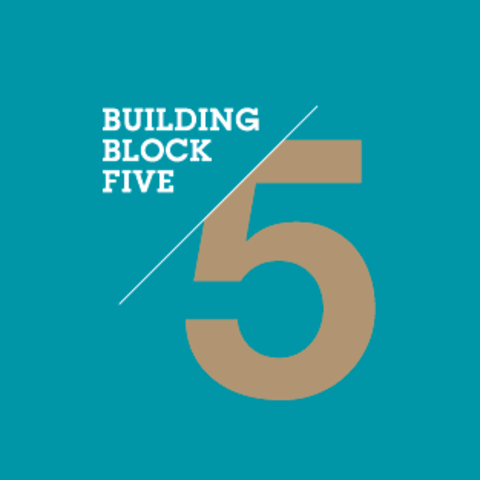What It Means:
Programs communicate their value to and connect with the wider community. Staff builds positive relationships and meaningful interactions with families and community partners.
Why It Matters:
A young person’s development is strengthened when positive reinforcement comes from many partners working together—from parents, families and caregivers who feel valued by the program and can better support their children at home to communities that are strengthened by a positive image of youth making valuable contributions to our world. Young people are exposed to new ideas, experiences and/or supports that the program alone can’t provide.
What Effective Practices Look Like:
-
Program proactively builds meaningful community partnerships that have a logical fit and bring mutual value to each partner.
-
Program actively embraces the culture(s) of young people, their families and their communities.
-
Program encourages and welcomes family and community involvement (as volunteers, presenters, partners, etc.)
-
Programs and families regularly communicate with each other about things like the youth’s progress, opportunities to get involved, and feedback on the program.
-
Program encourages and acknowledges young people’s contributions to the community.
-
Program communicates with and is visible in their local community.
-
Communication takes place in multiple languages (when appropriate) and through multiple channels.
